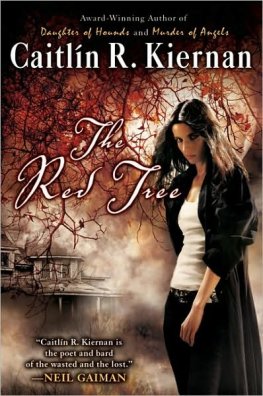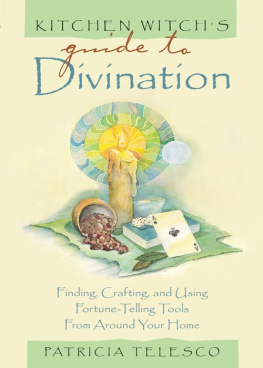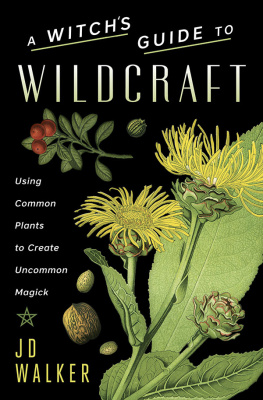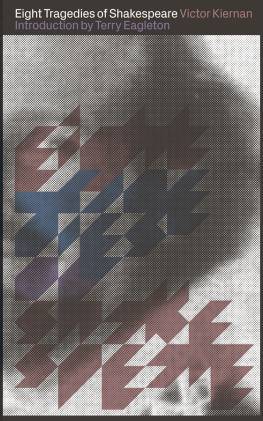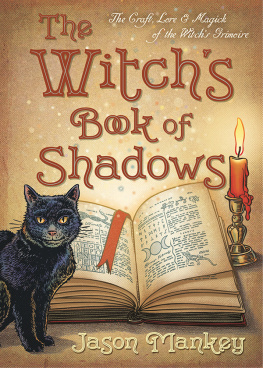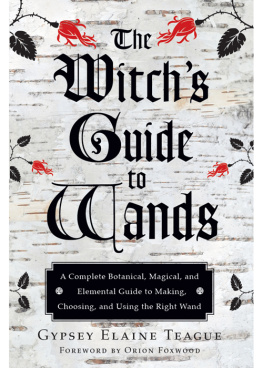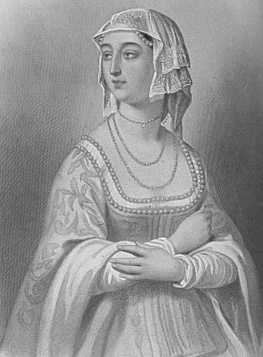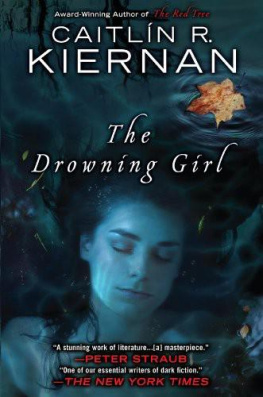Anjou Kiernan - The Ultimate Guide to the Witchs Wheel of the Year
Here you can read online Anjou Kiernan - The Ultimate Guide to the Witchs Wheel of the Year full text of the book (entire story) in english for free. Download pdf and epub, get meaning, cover and reviews about this ebook. year: 2021, publisher: Fair Winds Press, genre: Science fiction. Description of the work, (preface) as well as reviews are available. Best literature library LitArk.com created for fans of good reading and offers a wide selection of genres:
Romance novel
Science fiction
Adventure
Detective
Science
History
Home and family
Prose
Art
Politics
Computer
Non-fiction
Religion
Business
Children
Humor
Choose a favorite category and find really read worthwhile books. Enjoy immersion in the world of imagination, feel the emotions of the characters or learn something new for yourself, make an fascinating discovery.

- Book:The Ultimate Guide to the Witchs Wheel of the Year
- Author:
- Publisher:Fair Winds Press
- Genre:
- Year:2021
- Rating:4 / 5
- Favourites:Add to favourites
- Your mark:
- 80
- 1
- 2
- 3
- 4
- 5
The Ultimate Guide to the Witchs Wheel of the Year: summary, description and annotation
We offer to read an annotation, description, summary or preface (depends on what the author of the book "The Ultimate Guide to the Witchs Wheel of the Year" wrote himself). If you haven't found the necessary information about the book — write in the comments, we will try to find it.
Anjou Kiernan: author's other books
Who wrote The Ultimate Guide to the Witchs Wheel of the Year? Find out the surname, the name of the author of the book and a list of all author's works by series.
The Ultimate Guide to the Witchs Wheel of the Year — read online for free the complete book (whole text) full work
Below is the text of the book, divided by pages. System saving the place of the last page read, allows you to conveniently read the book "The Ultimate Guide to the Witchs Wheel of the Year" online for free, without having to search again every time where you left off. Put a bookmark, and you can go to the page where you finished reading at any time.
Font size:
Interval:
Bookmark:
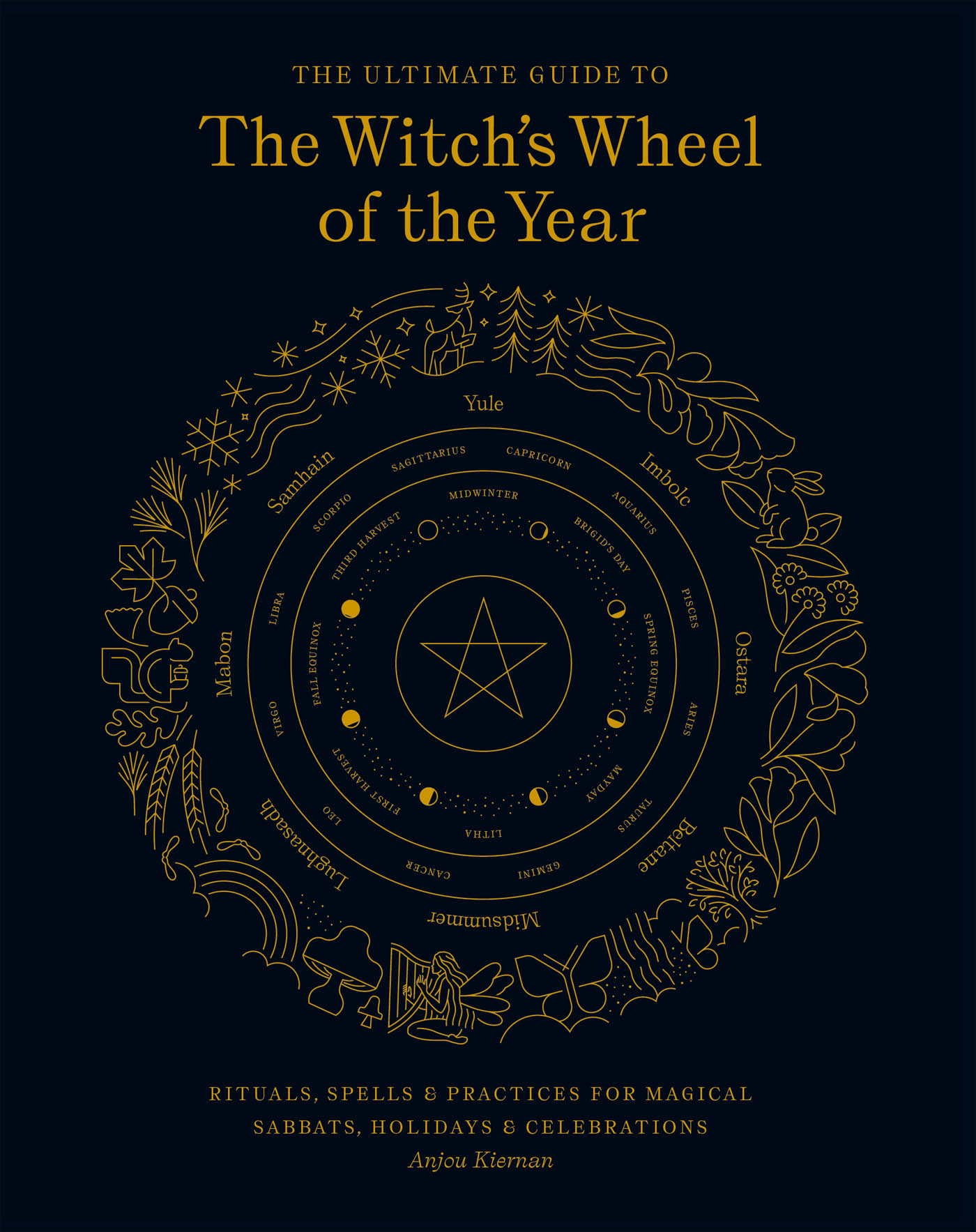

RITUALS, SPELLS & PRACTICES FOR MAGICAL SABBATS, HOLIDAYS & CELEBRATIONS


In the span of a year, nature embraces its transformation from birth to death. From the icy winter blanket knitted over the land, green buds burst into flourishing harvests that soon wither into barren fields.
These seasonal transitions once held us firmly in their grasp. Our survival depended on cultivating a connection with the natural rhythms of the land under the influence of the sun. The suns position in the sky dictated whether it was time to sow the fields, reap the crops, or count the dark, hungry days ahead. Ancient Pagan societies recognized that with each monumental solar event, the world around them changedat polar ends of the cycle, the solstices brought with them the extremes of winter and summer. During spring and autumn, the equinoxes stretched their shadows over the land in equal length. And halfway through each season, the cross-quarter days acted as reminders that the winds were about to turn.
Throughout ancient Pagan history, these annual events inspired corresponding celebrations, which Neopagans in the 1950s and 60s reconstructed into the modern-day Wheel of the Year. Largely Celtic and Germanic in origin, the Wheel of the Year is a calendar of Pagan holidays that celebrates the quarter days (the four beginnings of each season) as well as the cross-quarter days (the midpoint of each season). Known as sabbats in the witchcraft-based religion of Wicca, many modern Pagan traditions have adopted these holidays, each representing a peak time of the year to perform certain rites and rituals in line with the rhythms of the natural world. The eight-spoked wheel that turns upon the arrival of each holiday symbolizes the sun from which the seasons evolve each year.

Correspondences of Wheel of the Year
HOLIDAY | CYCLE EVENT | DATE | DESCRIPTION | SPELLS & RITUALS |
|---|---|---|---|---|
YULE | Winter Solstice | December 21 | Beginning of winter | Rebirth, blessing, peace, joy, family, community |
IMBOLC | Cross-Quarter | February 1 | Midway point between winter and spring | Warmth, growth, purification, healing, protection |
OSTARA | Spring Equinox | March 21 | Beginning of spring | Balance, growth, fertility, love, rebirth, renewal |
BELTANE | Cross-Quarter | May 1 | Midway point between spring and summer | Fertility, beauty, passion, romance, abundance, faeries |
LITHA | Summer Solstice | June 21 | Beginning of summer | Vitality, joy, bounty, abundance, healing, strength |
LUGHNASADH | Cross-Quarter | August 1 | Midway point between summer and autumn (First Harvest) | Harvest, physical skills, transformation, prosperity |
MABON | Autumn Equinox | September 21 | Beginning of autumn (Second Harvest) | Balance, harmony, community, self-confidence, gratitude, charity, preparation |
SAMHAIN | Cross-Quarter | October 31 | Midway point between autumn and winter (Third & Final Harvest) | Honoring the dead, connecting with spirits, protection |
Twelve thousand years ago, at the end of the last great ice age, a warming climate allowed nomadic hunter-gatherers to settle on the land they once hunted. No longer tied to the wandering herds of wild game, these Neolithic pagans cleared forests and erected settlements, gradually becoming dependent on crop cultivation and animal domestication.
Knowledge of solar shifts and weather patterns became indispensable to these farmers as efficient use of growing seasons began to dictate survival. It is thought that ancient peoples erected megaliths, such as Stonehenge and Newgrange, not only as powerful sites to hold rituals but as calendars to mark important solar events, such as solstices and equinoxes. During these solar shifts, Neolithic peoples performed elaborate rites that venerated the deities they believed responsible for each season. In the Germanic and Celtic societies that followed, these celebrations evolved into a calendar of holidayseach with distinct traditions that honored the seasonal shifts.
Although the fixed eight-fold calendar of Pagan festivals is a modern construct, the names and traditions hark back to those of ancient Pagan times. The holidays we celebrate today are largely based on Germanic and Celtic traditions but also draw influence from the Roman invasions of Northern Europe, Eastern ideologies, and the Christianization of Pagan Europe.
While it is thought that Scandinavian and Anglo-Saxon traditions influenced the solstice and equinox festivals on the Wheel, the cross-quarter celebrations have largely evolved from the practices of an ancient order of Celtic priests known as the Druids. The Druids were responsible for maintaining religious order, appeasing the Celtic gods and goddessesusually by way of human or animal sacrificeand divining prophecies. The Gaelic calendar was split into four quarters (Samhain, Imbolc, Beltane, and Lughnasadh), with the Celtic new year beginning on Samhain and the second half of the year beginning on Beltane. Because of this division, the Druids considered Samhain and Beltane powerful, liminal times to connect with the spirit realms. Each holiday traditionally began at sundown on the evening before the celebration.
In 1835, Jacob Grimm, one half of the infamous Brothers Grimm, published a seminal work on Germanic folklore called Teutonic Mythology, in which he outlined the bonfires associated with the ancient Pagan celebrations of Ostara, Beltane, Midsummer, Samhain, and more. This landmark work, along with later publications on folkloric witchcraft by authors such as Sir James George Frazer and Margaret Murray, provided the basis from which the leaders of the Wiccan Bricket Wood coven and the Order of Bards, Ovates, and Druids created the fixed Wheel of the Year.
Originally attributed to Wicca, the Wheel of the Year has become a commonly referenced calendar of holidays across many Neopagan traditions. While many have adopted the Wheel as a whole, some traditions have introduced variation into the basic framework. Celtic Reconstructionists, for example, celebrate only those festivals they believe to have been definitively celebrated in ancient Celtic society; these are the cross-quarter fire festivals of Samhain, Imbolc, Beltane, and Lughnasadh. Many modern Druids, however, adhere more closely to the Wheel of the Year but with some variation; they refer to the quarter days as
Font size:
Interval:
Bookmark:
Similar books «The Ultimate Guide to the Witchs Wheel of the Year»
Look at similar books to The Ultimate Guide to the Witchs Wheel of the Year. We have selected literature similar in name and meaning in the hope of providing readers with more options to find new, interesting, not yet read works.
Discussion, reviews of the book The Ultimate Guide to the Witchs Wheel of the Year and just readers' own opinions. Leave your comments, write what you think about the work, its meaning or the main characters. Specify what exactly you liked and what you didn't like, and why you think so.


